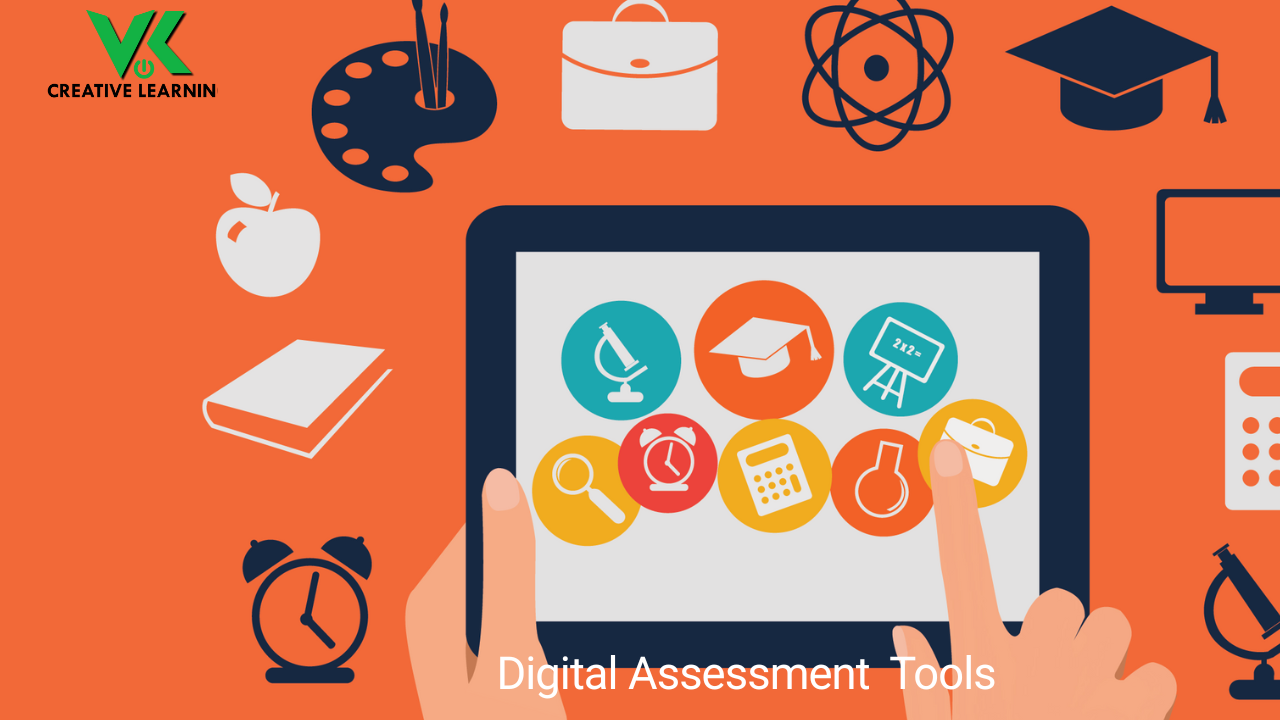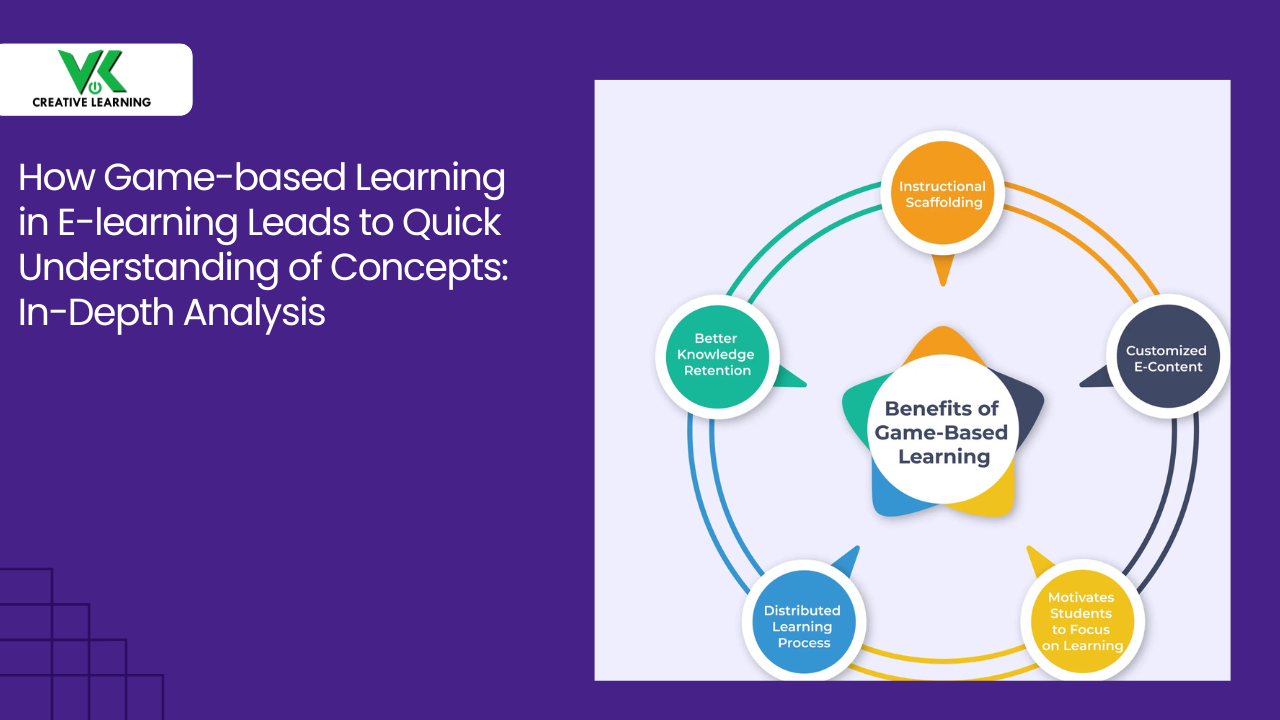How Do Your Employees React When You Tell Them About a New Elearning Course?
July 14, 2021
What do you notice when you announce a training program or classroom session for the learners? Do they rise up and applaud? Do they get inspired that the learning courseware you're providing will help them to gain new information? Instead, do they groan, shoulders drooping, for yet another wasted day of gazing at slide after slide?
The latter is often the case.
Too many eLearning programs fail to inspire learners because they fall short of the primary objective of any learning experience. Learning has to be important. Before learners are motivated to participate with or be inspired by the curriculum, it must clearly relate to them and their life.
Motivation and dedication of the learner are required for compelling and successful eLearning training. Check out the following vital factors that could be incorporated in an e-learning course material. They are key aspects that would help to create an impactful and engaging e-learning solution:
Motivated learning through Case Studies:
For learners to be motivated, the learning must be meaningful. Concentrating on abstract ideas led to boredom. On the other hand, motivational eLearning aids competence development. This happens as newly learned information challenges current beliefs and behaviors.
The inclusion of case studies in effective eLearning courses can help learners gain competence. The case studies may include interesting and captivating tales or real-world situations.
Effective learning:
Students who succeed in eLearning absorb the benefits of learning and are much more motivated to continue studying. For the same, implementing clear objectives, hands-on activities, and adaptable evaluation in an e-learning solution is a workable idea. This would turn an ordinary eLearning content into an effective eLearning course. The reason being, learners enjoy genuine, practical ways of learning.
Gradual increase in complexity of topics:
While designing an e-learning course, it is necessary to see to it that learners are slowly pushed towards different levels of topic complexity. This is because learners are left behind when things are too tough. When students feel they are struggling or not receiving the accolades they believe they deserve. Thus, they may quickly get irritated and demotivated. Hence, the difficulty level has to be progressively increased as students demonstrate their ability to do increasingly complicated activities.
Create an environment that fosters critical thinking and creativity innovations:
Students are not motivated by mundane, mindless activities that demand little thinking, resulting in unproductive courses. Provide chances for pupils to engage in higher levels of thought to encourage them.
Students may be asked to specify objectives, incorporate and analyze concepts. The course should encourage engage students to implement critical thinking to solve a real-life problem.
Fostering motivation through new and unfamiliar real-world scenarios:
Change and novelty do have the ability to pique people's attention and attentiveness. Learners may be motivated by the new and unfamiliar real-world scenarios rather than the same old presentations and graphs. Instead, incorporate unusual cases or current occurrences that might benefit the learners. They should encourage the learners to use the information in real-time situations. Alternatively, students can be engaged in game-based learning that challenges them to apply what they've learned.
A diversity of viewpoints and experiences:
For learners, revisiting the same set of online activities for your courses is tedious. Instead, diversity acts as a motivator by disrupting thought and behavior habits that stifle creativity. Different activities and methods of reasoning help the brain create new neural connections that help it solve issues, stay involved and remain eager to learn more.




